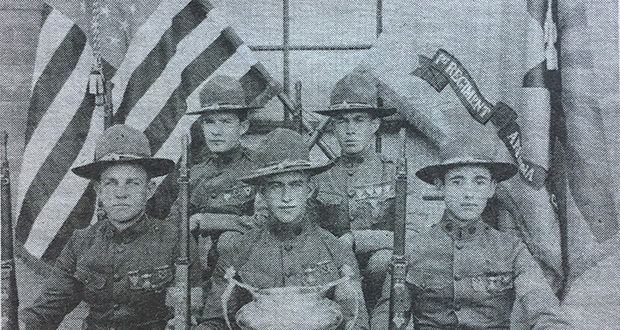The First Gray Ladies
Arizona Capitol Times Staff//September 1, 2017//[read_meter]
The Tucson chapter of the Red Cross was founded in 1916, just four years after Arizona became a state. At the time, a civil war was raging in Mexico and...
No tags for this post.

















